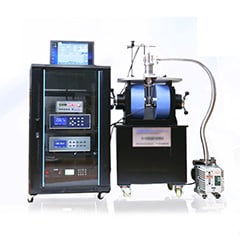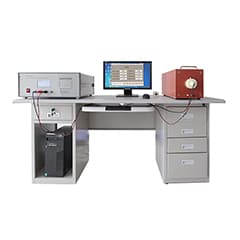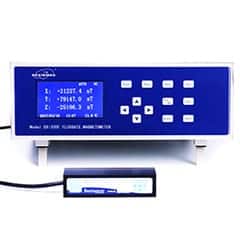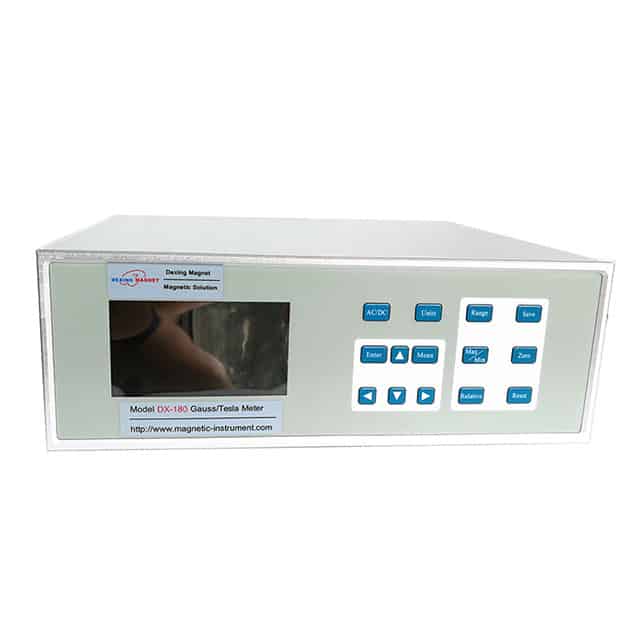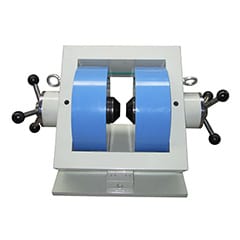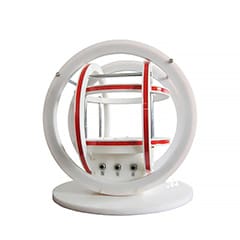products categories
contact us
- If you have questions, please contact us, all questions will be answered
- Tel : 18030236818
- Fax : +86-592 5237901
- Email : dexing@china-dexing.com
Hall Effect Measurement System
Handout for measuring magnetic fields with Hall elements
Magnetic field measurement is involved in many fields of production and scientific research. It is a commonly used magnetic field measurement method to measure magnetic induction intensity by Hall effect produced by semiconductor materials in the magnetic field. Hall effect is the electromotive force effect caused by the interaction of electric current in a conductive material with a magnetic field. Both metal and semiconductor can produce Hall effect phenomenon, but due to the remarkable Hall effect of semiconductor has been practical and developed, now widely used in non-electric measurement, electric control, electromagnetic measurement and computing devices. This experiment device of hall effect experiment, by measuring the excitation current of the electric solenoid, working current and voltage hall of hall element, it is concluded that magnetic induction intensity and the relation curve between the related physical quantities, to study hall effect and the basic knowledge of the hall element and the principle and method of the magnetic field with hall element test.
[Experimental Purpose]
1. Understand the principle of Hall effect and the meaning of parameters related to Hall element;
2. Mapping VH -- IS and VH -- IM curves of Hall elements, and understanding the relationship between Hall potential difference VH and working current IS, magnetic field intensity B and excitation current IM of Hall elements;
3. Learn the method of measuring magnetic induction intensity B and magnetic field distribution by Hall effect;
4. Learn to use "symmetric exchange measurement" to eliminate systematic errors caused by negative effects.
The Hall effect is essentially the result of moving charged particles being deflected by Lorentz forces in a magnetic field. When charged particles (electrons or holes) are confined in a solid material, this deflection results in the accumulation of positive and negative charges on different sides in the direction of the vertical current and magnetic field, resulting in the formation of an additional transverse electric field.






